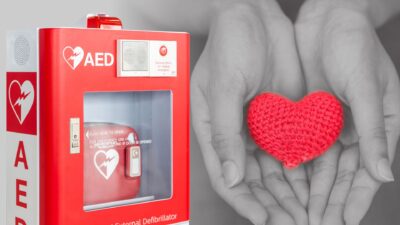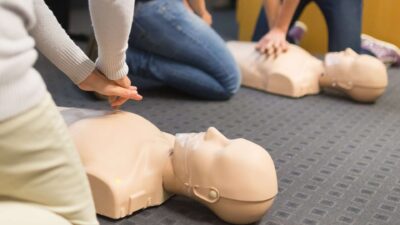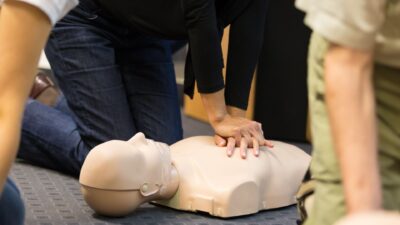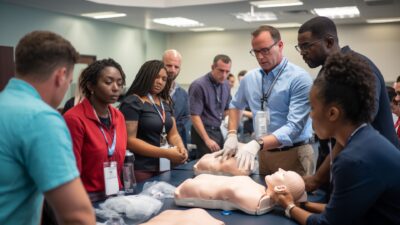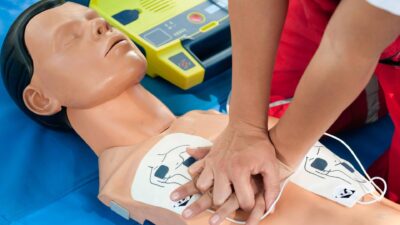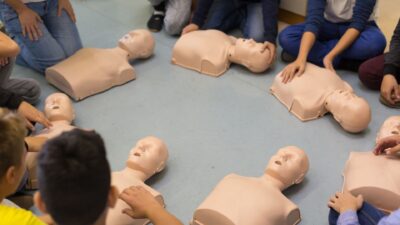
How Long Does a CPR Certification Last?
TL;DR: Sudden cardiac arrest affects hundreds of thousands in the U.S. annually, with CPR-trained individuals significantly boosting survival chances. CPR certification, vital for various emergencies, needs renewal every two years to keep skills sharp and up-to-date with the latest techniques. Renewal courses are essential for effective emergency response, including using AEDs and fulfilling job requirements….
Read More